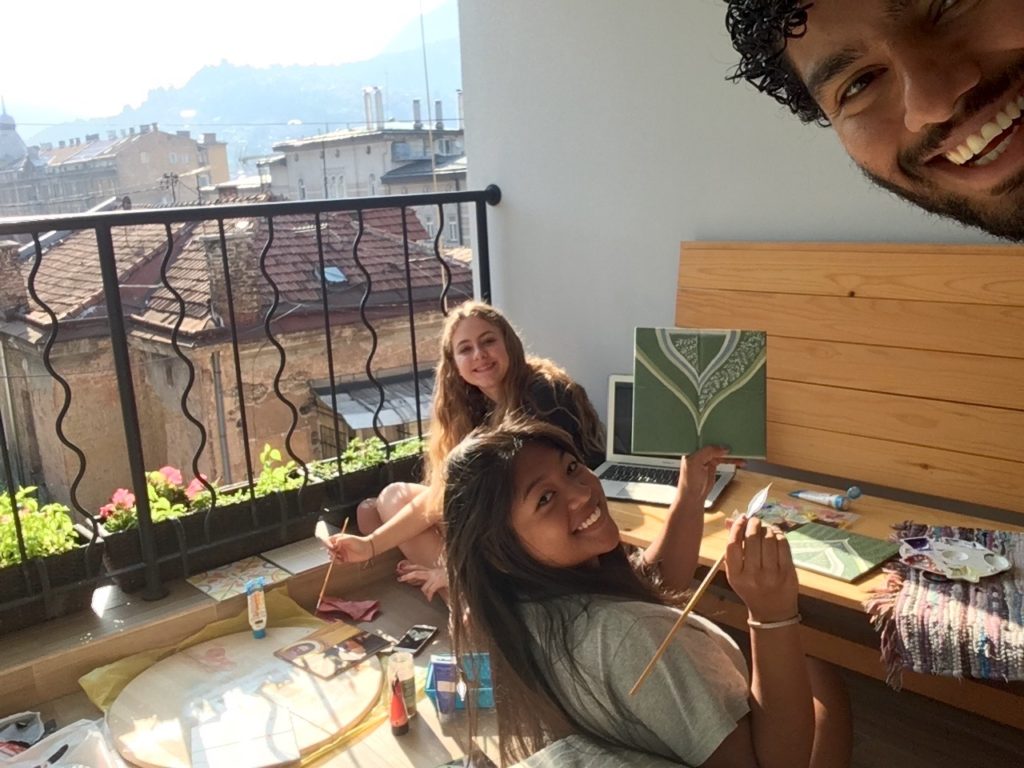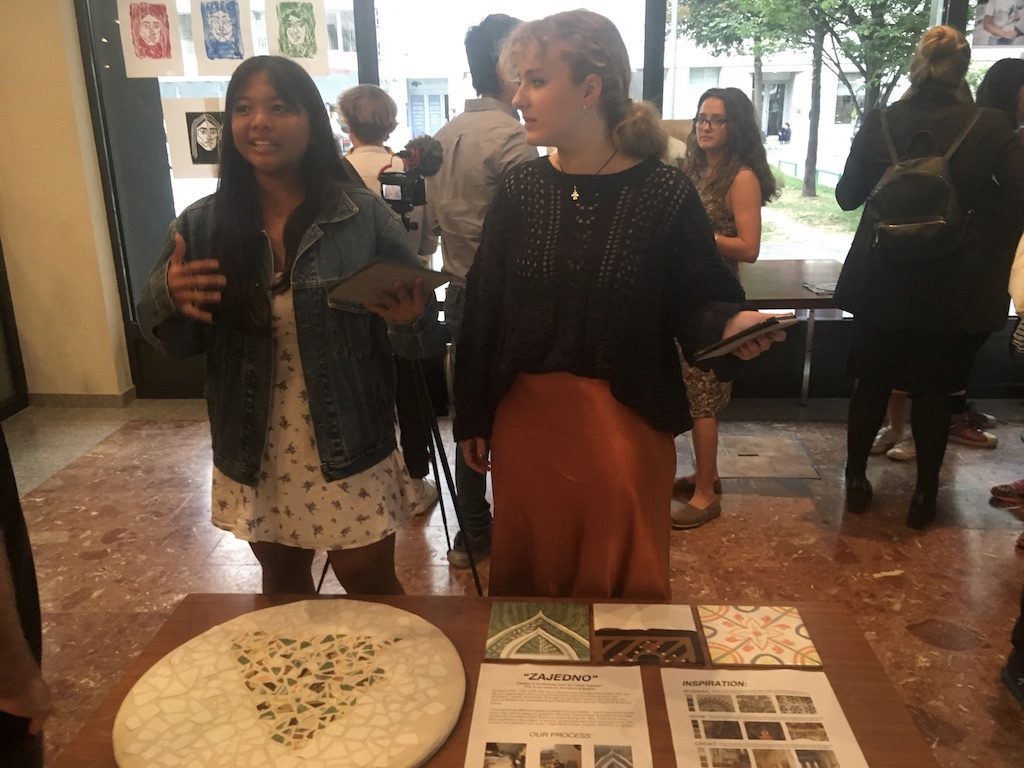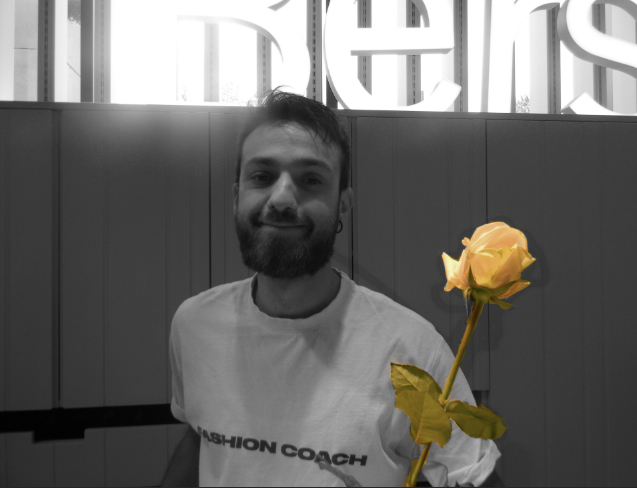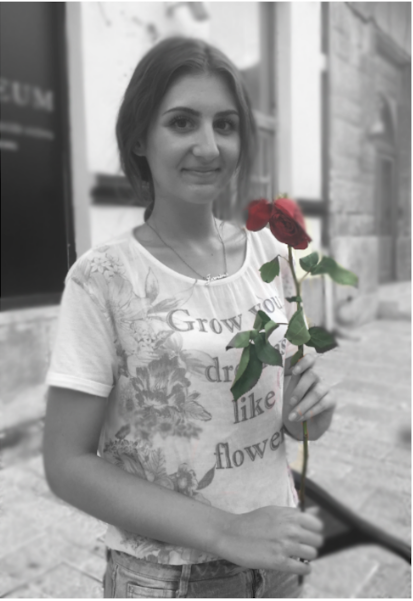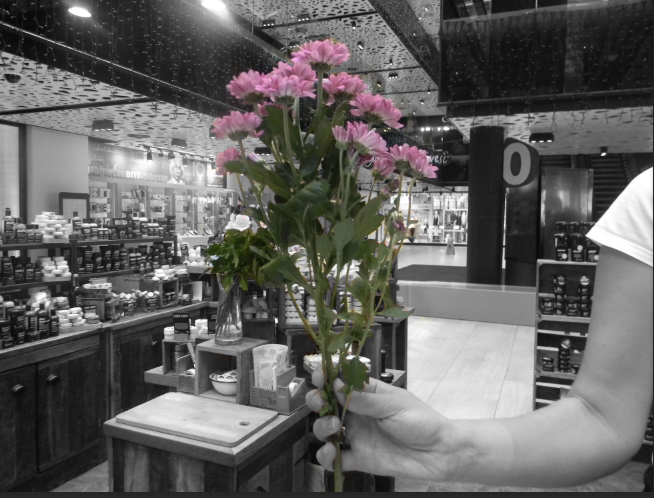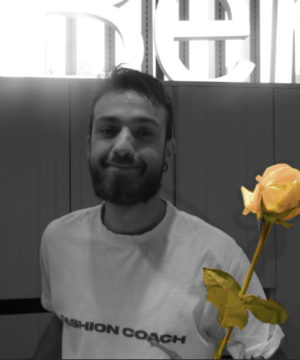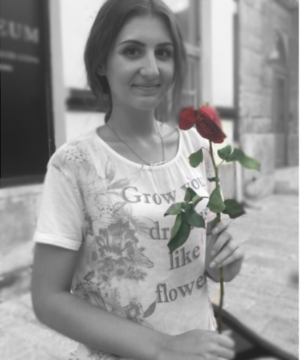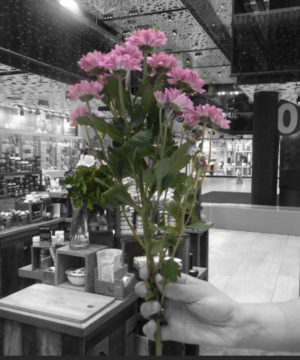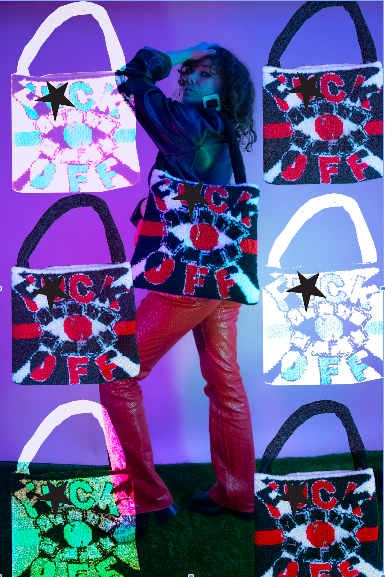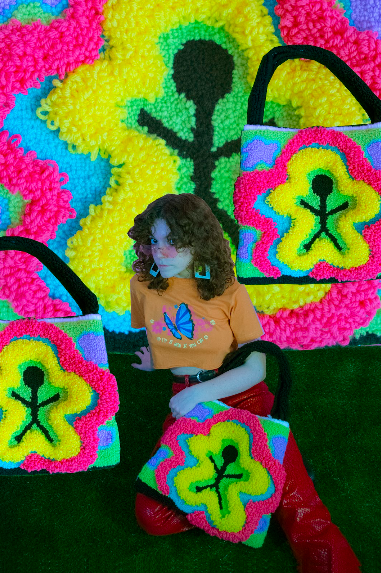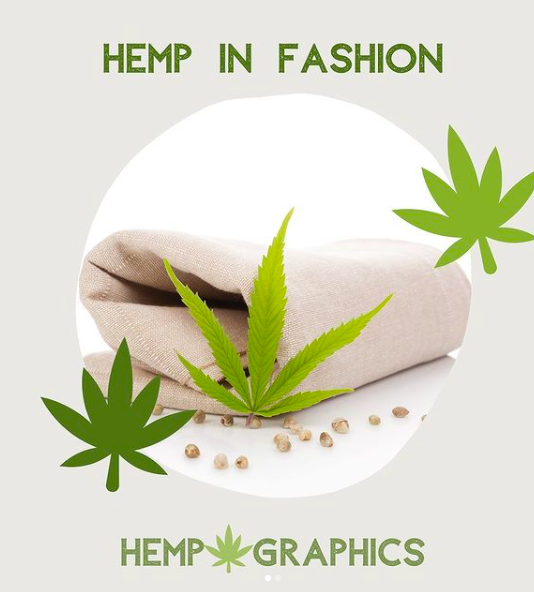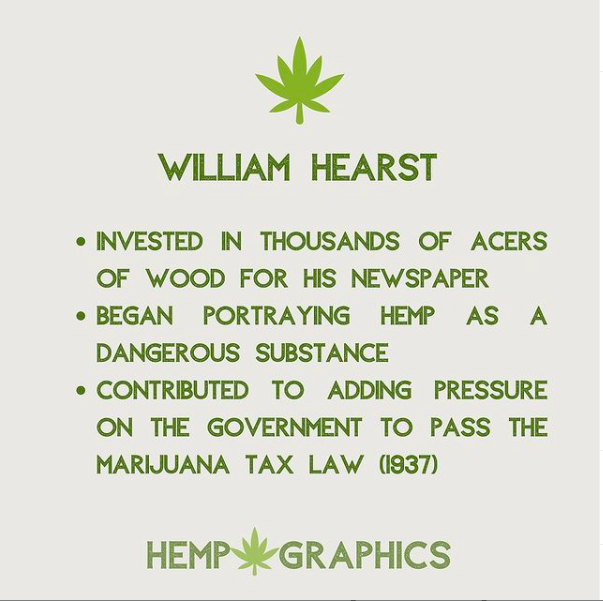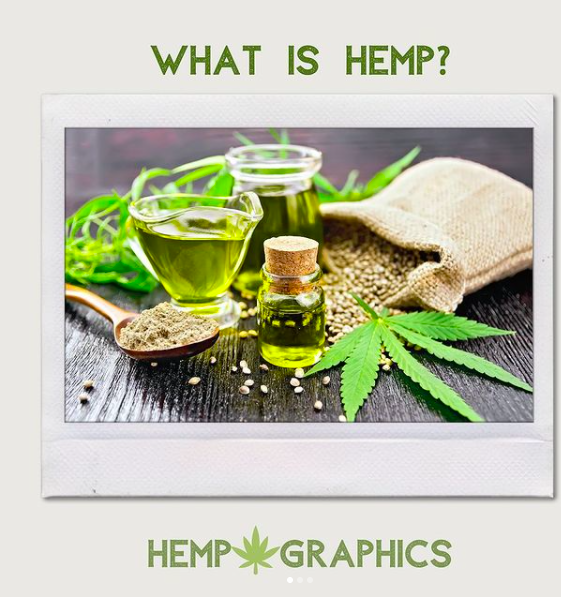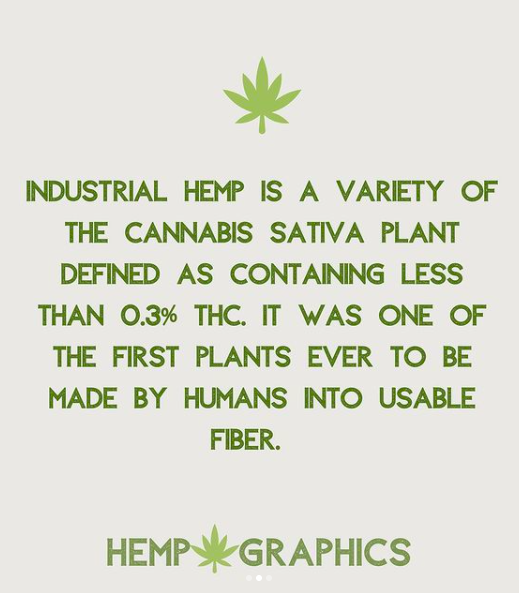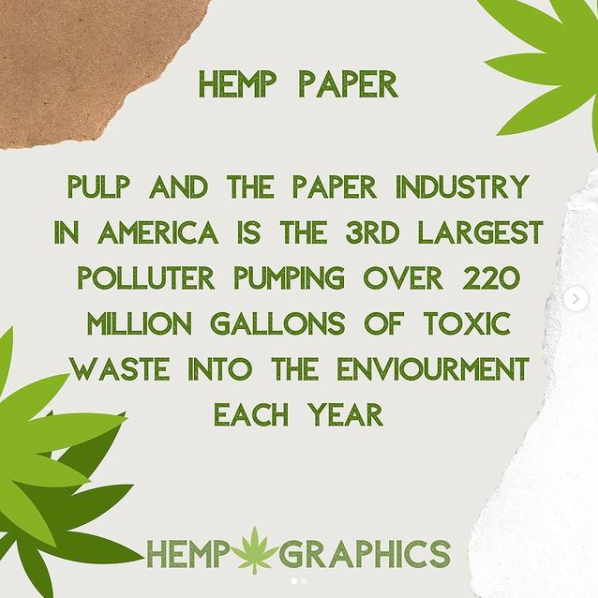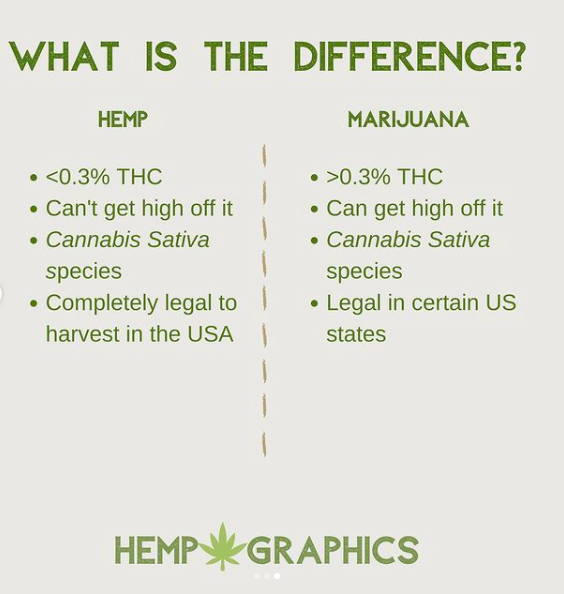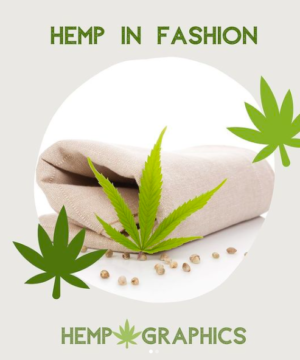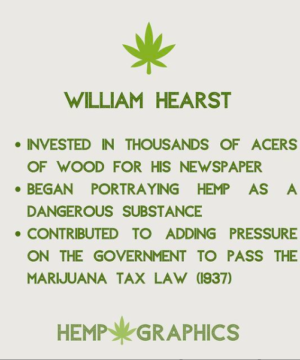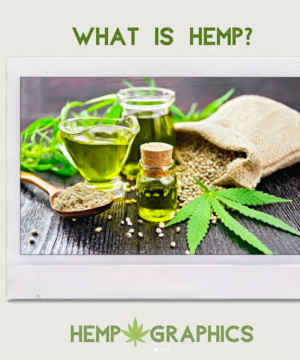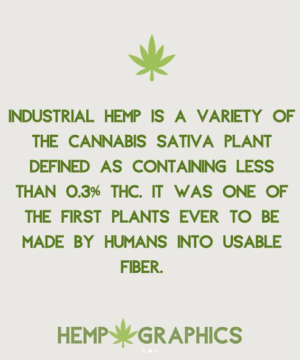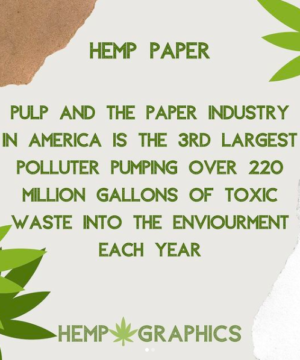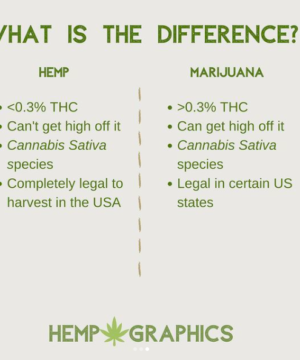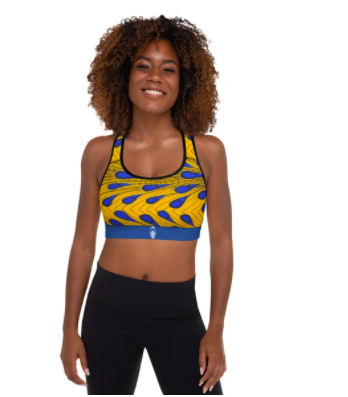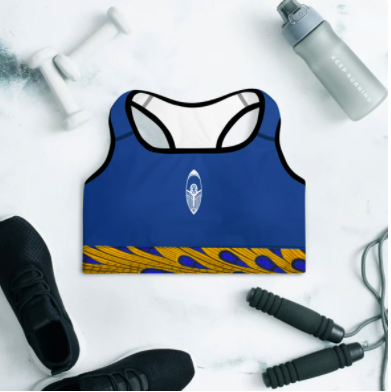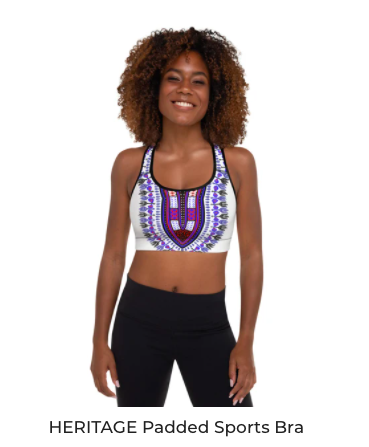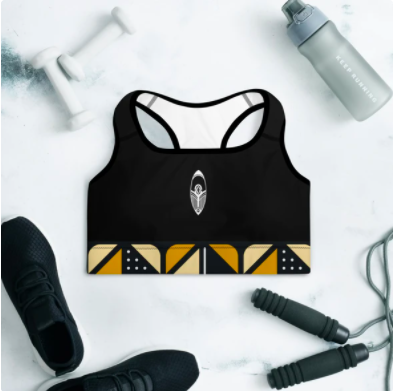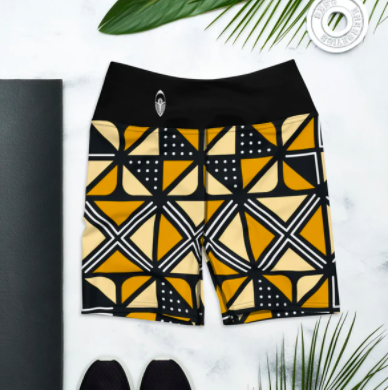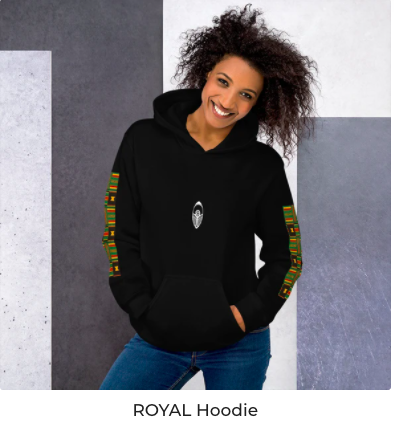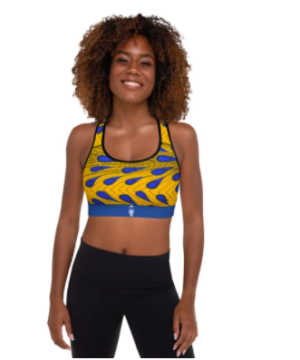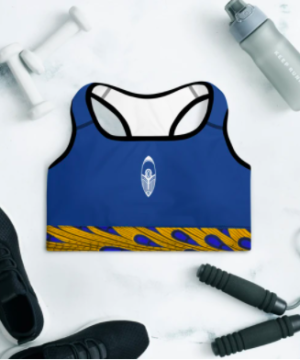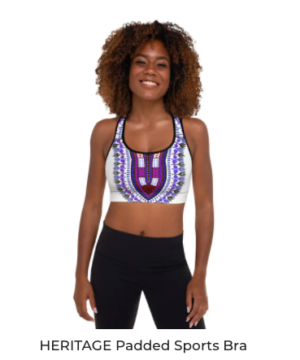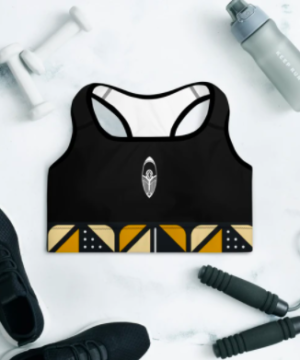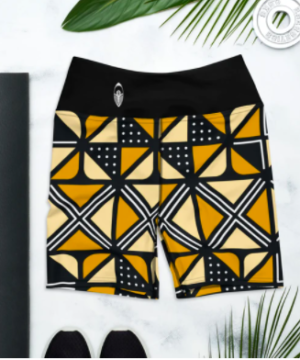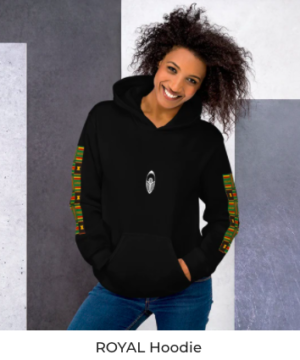Driving Question: How can I have a powerful impact on English and Hindi speakers through a bilingual album?
Project Overview: For his mastery project, Vansh creating a bilingual hip-hop album. The lyrics, sung in English and Hindi, reflected the various personal experiences Vansh has had in his life. In the final tracks, the vocals and the instrumentals sit peacefully beside each other with neither fighting for center stage.
What were your initial goals for this project? How did they change over time?
Initially, I wanted to finish an album within two years, but the more I learned about the process, I realized that being a good singer/instrumentalist was a completely different set of skills than transferring that quality onto a laptop. Because I did everything on my own, musically, I had to produce, arrange, record, play, mix, and master the track all by myself. I also had to learn elements of photography and videography, such as cloning and color grading.
Lastly, for marketing purposes, I also had to teach myself how to run an ad campaign and reach out to people kindly and ask them to listen to your music. I was not familiar with almost all of these processes, and learning all of them – at different levels – made me realize that I had to change my goals. I still ended up making many songs, but I didn’t finish any of them because mid-way through the project, my goal became to release a single before graduation. I definitely think I accomplished said goal.
What are you most proud of?
I’m really proud of the single I ended up creating because it’s a transition to a journey I’ve always wanted to embark on and marks the end of my impactful time here at TGS.
What are the biggest lessons you learned through the process of your mastery project?
I learned how much knowledge there is on the internet and the difference having a supportive community, like TGS, makes when one is pursuing a project of this magnitude.
